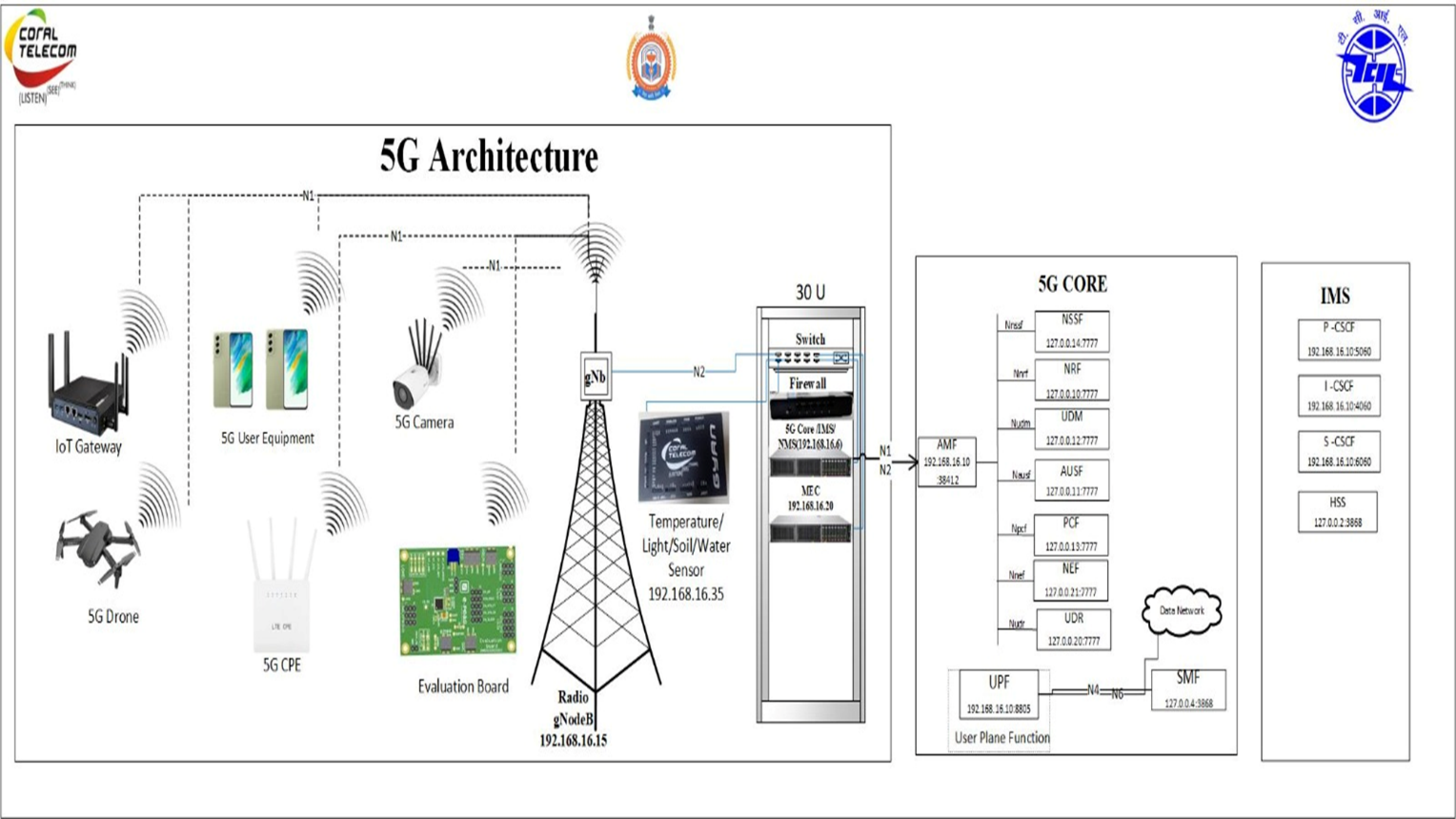
Objective of the laboratory
- To enable the students to study Intel Atom architecture based system design.
- To enable students to design, model and test electronic projects based on Intel Atom boards.
- To provide a platform for the students to do multidisciplinary projects.
- To facilitate the students to participate in embedded system design activities.
| Sr. No. | Name of Equipment | Image | Brief Description (key feature) of each Equipment |
|---|---|---|---|
| 1. | Dell Server of 5G Core & NMS |  |
|
| 2. | Dell Server of MEC | 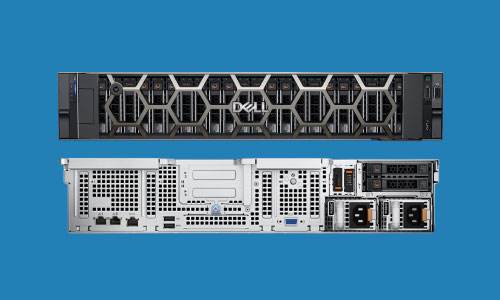 |
Dell MEC (Multi-access Edge Computing) servers are designed for low-latency, edge applications, offering high-performance processing close to end-users. They feature scalable compute power, flexible configurations, and robust security measures to support IoT, AI, and real-time data processing at the edge. These servers are optimized for dense deployments in edge environments, balancing efficiency with high availability. |
| 3. | Firewall |  |
A firewall monitors and filters incoming and outgoing network traffic based on security rules, acting as a barrier between trusted and untrusted networks. It helps prevent unauthorized access, malware, and cyber threats. |
| 4. | Ethernet Switch | 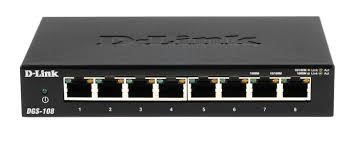 |
An Ethernet switch connects devices within a network, allowing data packets to be efficiently routed between them. It operates at Layer 2 (Data Link) of the OSI model, using MAC addresses to forward data only to the intended device. |
| 5. | Radio | 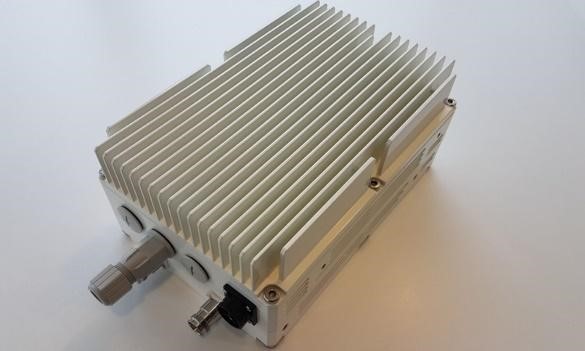 |
5G radio features ultra-low latency and high data rates, enabling massive device connectivity and improved network efficiency. It utilizes advanced technologies like beamforming and MIMO to enhance signal strength and coverage. |
| 6. | Evaluation Board | 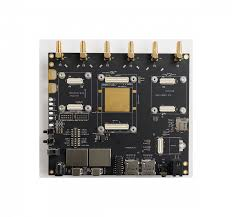 |
Key features of a 5G evaluation board include support for multiple frequency bands and advanced processing capabilities for real-time data handling, along with robust connectivity options for seamless integration with 5G networks. Additionally, it typically offers development tools and APIs for rapid prototyping and application testing. |
| 7. | 5G AI Camera | 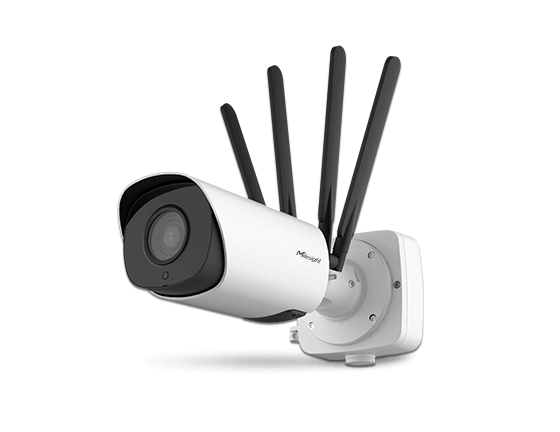 |
5MP 1/2.7" CMOS image sensor, low luminance, and high-definition image. |
| 8. | AjnaXR SE | 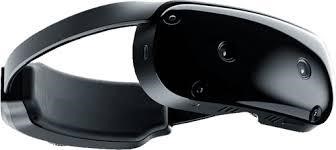 |
The AjnaXR SE is a versatile augmented reality headset featuring advanced spatial mapping and interactive capabilities, designed for both enterprise applications and immersive experiences. It boasts high-resolution displays and an ergonomic design for extended use. |
| 9. | CPE (Customer Provided Equipment) | 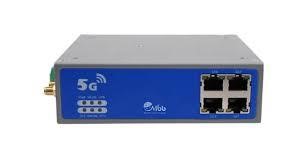 |
CPE (Customer Provided Equipment) refers to hardware or devices that customers supply and manage, typically used to connect to a service provider's network. |
| 10. | IoT Gateway | 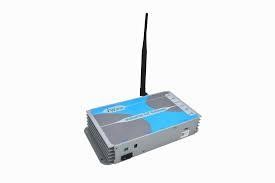 |
An IoT gateway acts as a bridge between IoT devices and the cloud, facilitating data transmission, protocol translation, and device management. |
| 11. | 5G Drone | 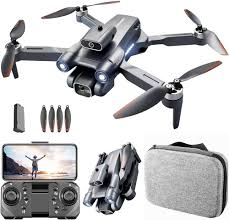 |
5G drones enable ultra-reliable, low-latency communication for real-time data transmission and enhanced operational efficiency in various applications. |
| 12. | National Instruments USRP-2921 USRP | 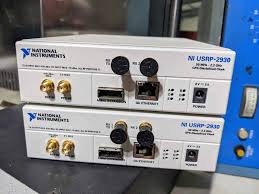 |
The National Instruments USRP-2921 is a versatile software-defined radio device that supports wideband frequency range from 70 MHz to 6 GHz with a dual-channel capability and is designed for high-performance wireless communication applications. |
Name of officials handling the laboratory:
| Dr Arun Kumar Singh (PI) Head & Professor, Dept. of ECE PEC, Chandigarh |
 |
| Dr. Simranjit Singh (Coordinator) Associate Professor, Dept. of ECE PEC, Chandigarh |
 |
| Dr. Mandeep Singh Walia (Joint O/I lab) Assistant Professor, Dept. of ECE PEC, Chandigarh |
 |
| Mr. Vivek Sood Technician, Dept. of ECE PEC, Chandigarh |
 |






